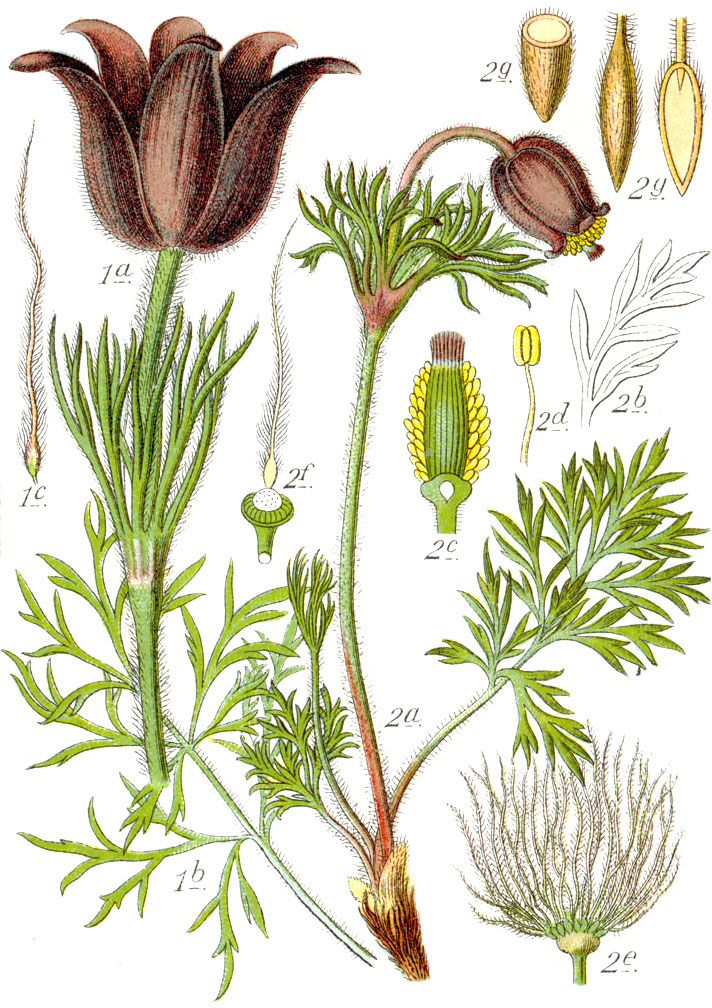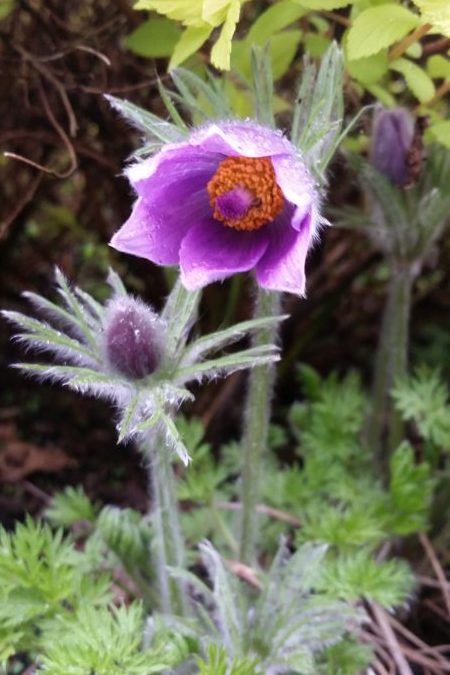Pulsatilla pratensis (common names Pasque Flower and Wind Flower)

Remedy information
Pulsatilla is prepared from Anemone pratensis when in flower. It grows native in the sunny and sandy pastures of Central and Northern Europe. It has been used in homeopathic medicine for over 200 hundred years.

Uses of Pulsatilla for Mild Indigestion
Diarrhea
Distention
Heartburn
Indigestion
Indications (any combination of the symptoms below may suggest this remedy)
Indigestion with great tightness after a meal; must loosen clothing
Fat, oily, creamy food disagrees
THIRSTLESSNESS
Eructations; taste of food remains a long time
Pain in stomach one hour after eating
No two bowel movements alike
Always feels better in the open air; cannot bear a stuffy room

What the experts say about Pulsatilla
William Boericke, M.D. (1927):
- The weather-cock among remedies
- The disposition and mental state are the chief guiding symptoms to the selection of Pulsatilla
- Sad, crying readily; weeps when talking; changeable, contradictory
John Henry Clarke M.D. (1900):
- Thirstlessness with all complaints
- Bread especially lies heavy in the stomach
- Frequent urging, as if diarrhea would occur
- Wide awake in the evening, does not want to go to bed
- Sleep before midnight prevented by a fixed idea
Any questions about the information in this article? Happy to chat. Please, Contact me


Pulsatilla has been suggested as a treatment for child asthma and exema
What do you think
Thanks for your comment. Pulsatilla has been used in homeopathic medicine for over 200 hundred years in a variety common childhood complaints. Chronic conditions like asthma and eczema should always be approached with caution and under the guidance of a qualified homeopath.